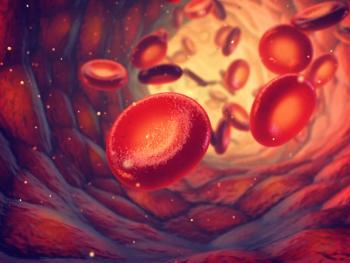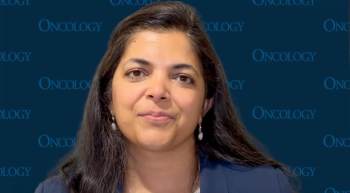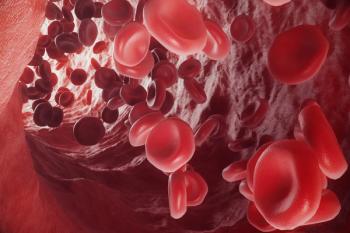
Caron A. Jacobson, MD, on the Findings of the Phase 2 ZUMA-5 Study
The study assessed the use of axicabtagene ciloleucel in patients with relapsed or refractory indolent non-Hodgkin lymphoma.
In an interview with CancerNetwork®, Caron A. Jacobson, MD, of the Dana-Farber Cancer Institute, discussed the implications of the interim analysis of the phase 2 ZUMA-5 study, which suggested that axicabtagene ciloleucel (axi-cel) demonstrated significant and durable clinical benefit in patients with relapsed or refractory indolent non-Hodgkin lymphoma.
The findings, presented at the 2020 American Society of Clinical Oncology (ASCO) Virtual Scientific Meeting, indicate that axi-cel may be a promising approach for treating this patient population according to the investigators.
Axi-cel is currently approved by the FDA as a treatment for adult patients with relapsed or refractory large B-cell lymphoma based on findings from the phase 2 ZUMA-1 trial. The agent is indicated specifically following 2 prior therapies for those with diffuse large B-cell lymphoma (DLBCL), primary mediastinal large B-cell lymphoma, high grade B-cell lymphoma, and DLBCL transformed from follicular lymphoma.
Transcription:
So, this was a heavily pretreated population of patients so every, on average, patients had had 3 or more lines of therapy. So really, this was fourth line for most patients. And, but we know that once we hit sort of third line and beyond the available options for follicular lymphoma and marginal zone lymphoma, once you hit third line and beyond, that's when the remission durations start to get shorter and shorter. And so, they're, the number of CRs are generally lower, and the patients are expected to relapse before a year of that line of therapy. So, the fact that we saw so many complete responses and that so many are ongoing past a year is already an improvement for patients in this line of therapy. You know, not every follicular lymphoma patient will get to a third line of therapy. Many patients, you know have this disease for 20 or 30 years; they can be observed for a while, they may only need 1 or 2 lines of therapy in their lifetime, but for that group of patients who gets to the point of needing a third line, we do need treatments that can give more durable responses. So, I think that's, that's what we can say, right? That's what we can say right now, I think we need longer follow up in this disease, because this is a disease that is known to respond for multiple years to a therapy and has a high risk of relapse. So, and these relapses can happen late. But and what that really means is that this, with conventional therapies, these are incurable diseases. And so, it may very well be true that these patients and ongoing response at this point, you know, are at risk of relapsing as time goes on. But if they don't, then we've just discovered a therapy that could turn an incurable disease into a curable disease for a subset of patients, which would be remarkable.
Reference:
FDA. FDA approves CAR-T cell therapy to treat adults with certain types of large B-cell lymphoma. FDA website. Published October 18, 2017.
Newsletter
Stay up to date on recent advances in the multidisciplinary approach to cancer.
















































































